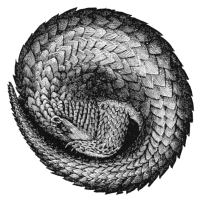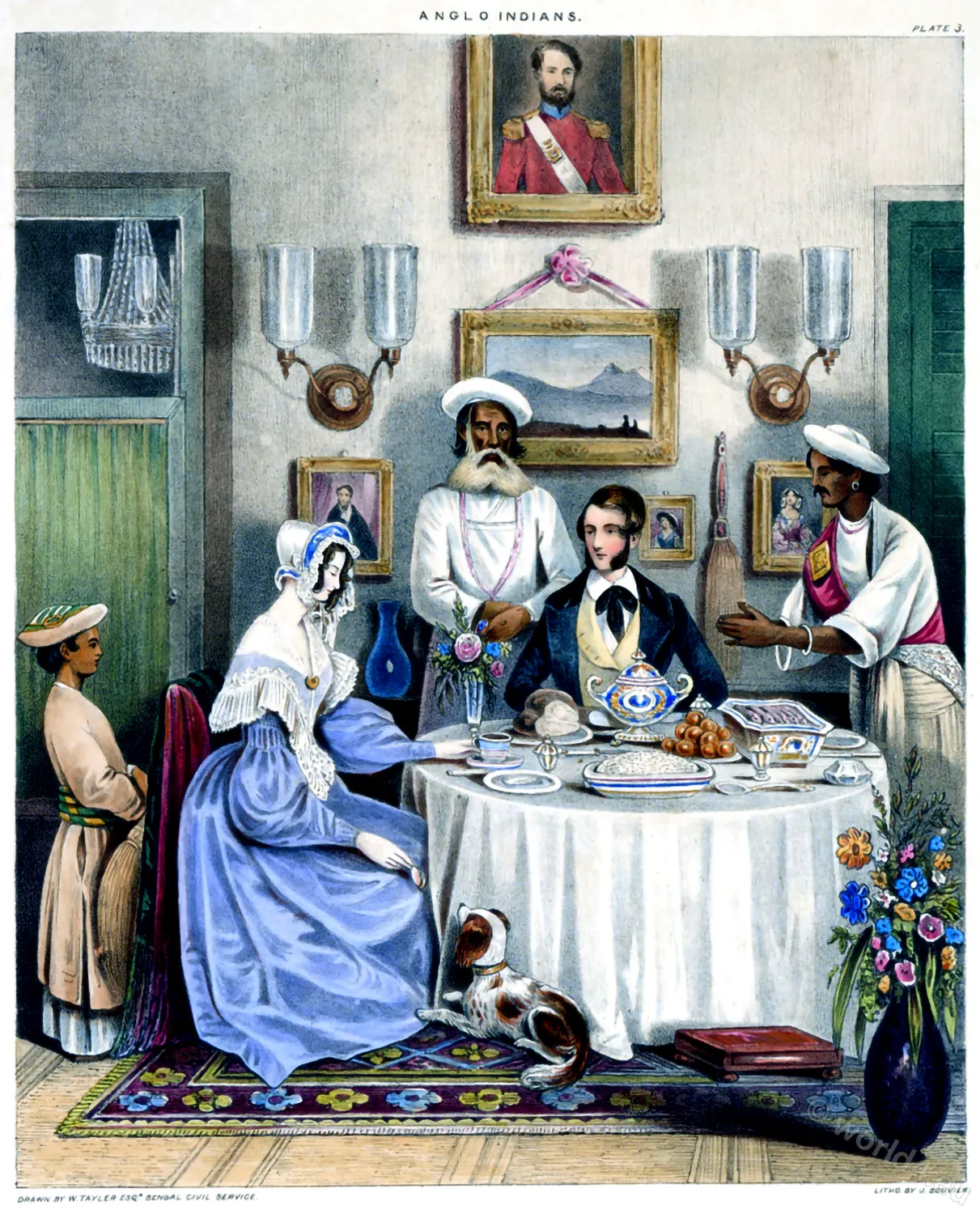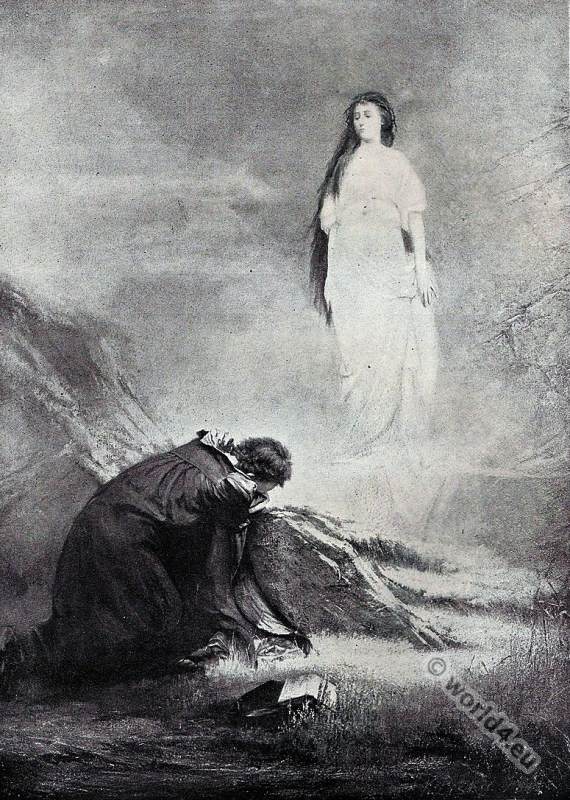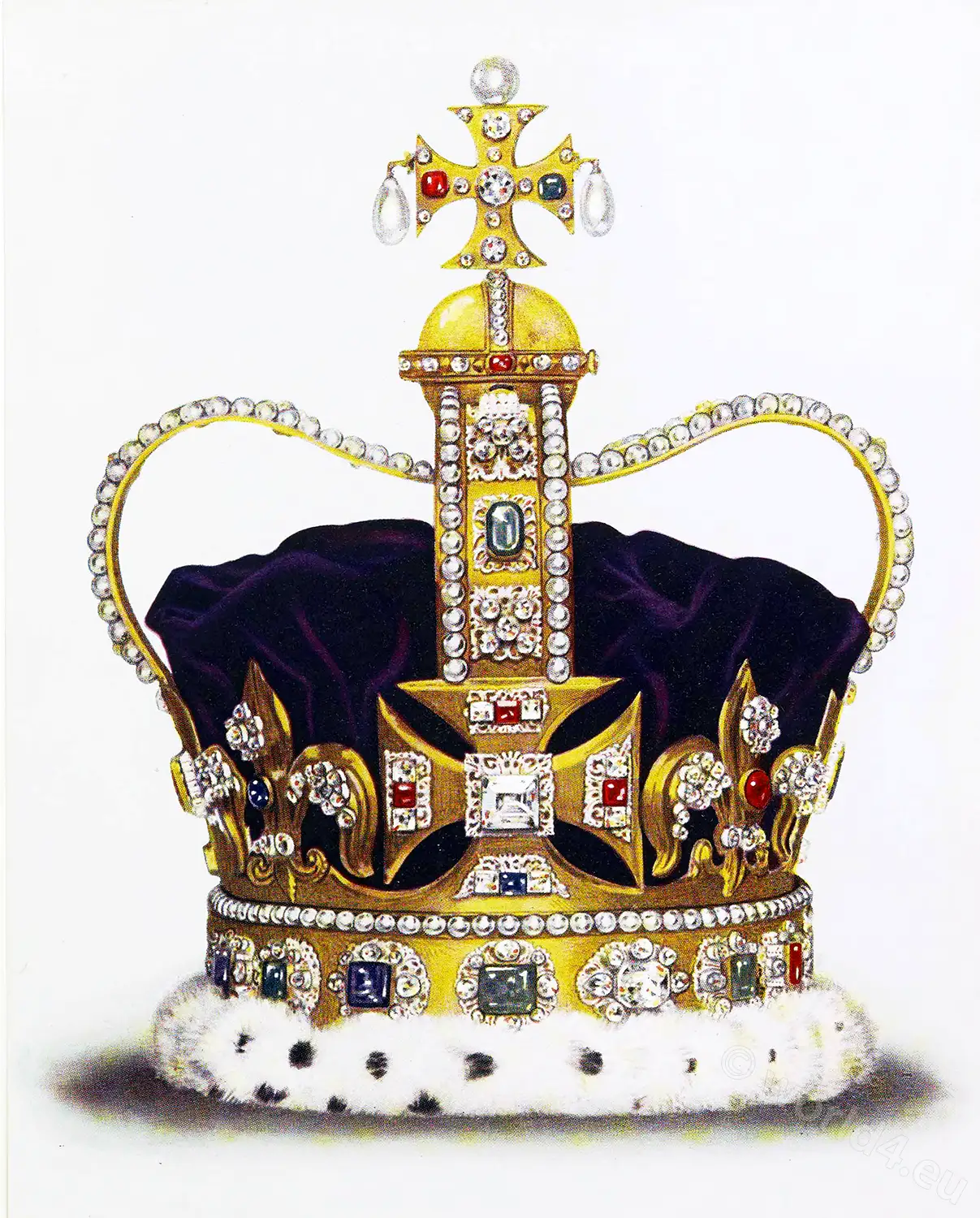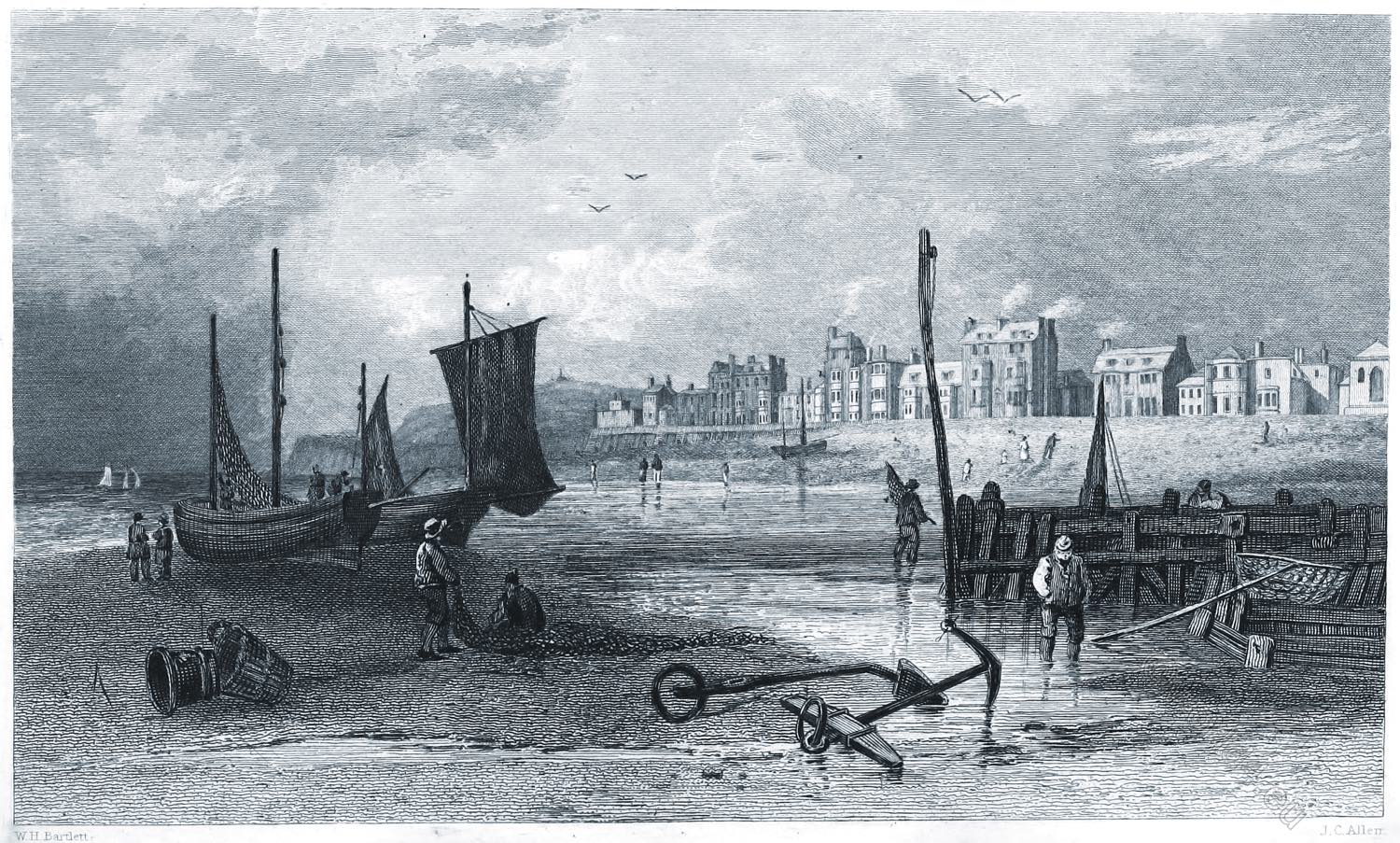
EASTBOURNE.
"Upland solitudes, warren, and heaths,
And yellow commons, and birch shaded hollows,
And hedgerows bordering unfrequented lanes,
Bowered with wild roses and the clasping woodbine
Where purple tassels of the tangling vetch
With bitter sweet and byrony in-weave,
And the dew fills the silver bindweeds cups
The rudest scenes and brooks, whose humid banks
Nourish the harebell and the freckled grazil."
In language thus breathing of the pure air and the fresh flowers, Charlotte Smith describes the local scenery of Eastbourne. Of the same place Charles Lamb wrote, it is “the middle state of dulness between Worthing and Hastings.” Both spoke as they felt, both were warranted in saying what they did by the facts of the case.
They looked at Eastbourne and its neighbourhood from different points of view. An ardent admirer of Nature, with eyes that caught the picturesque aspect of a landscape, with a heart thoroughly alive to the beauties which are scattered over every scene, if we have but eyes to see them, the poetess described that for which Charles Lamb had but little sympathy. He was a town man; clever, sagacious, whimsical, witty, but essentially of the city and its ways.
Eastbourne was to him a watering place with few attractions—no noisy thoroughfares, no busy stirring traffic, no quiet cozy parties, no news, no plays—nothing but sea and shore, green fields and green ocean, and albeit possessing a large genial heart, Elia had no great taste for Sylvan scenery and charming landscapes.
To those who really admire the beauties of Nature, who enjoy a walk under the shadow of green trees, who love to look out on the sea, gathering the wonders of shell and water plant upon its sands, Eastbourne presents many interesting features; but although it has made rapid progress within the last few years, it has not yet arrived at the dignity of a first-rate watering place.
As the scene of historical events, Eastbourne has no claim on our notice. No great battle has there been fought, no royal pageant has there been given, no dark treason has there been plotted—all that can be said for it is that Henry I. rested there for a short time, about eight centuries ago, because the tempest was so violent he could not put out to sea.
As the birthplace of great men, Eastbourne has but little to interest the visitor who desires to make pilgrimage to such places. Mortimer the painter was born there, but no other great name is entered on its baptismal register.
But there is something to interest the antiquarian. The Roman remains which have been discovered, the pavement, bath, etc., show that some Roman citizen or Romanised Briton had here his villa, and dwelt on our coast much in the same style as the people of Pompeii. The admirer of ecclesiastical antiquities may also find much to admire in the old church of St. Mary, with its lofty tower, chancel and Flemish window. On the chalk cliffs is St. Gregory’s Chapel, but the bells—where are the bells?—to find them we must cross to Dieppe.
The bay of Eastbourne is remarkably fine; to the west extends a strong wall rising up to Beachy Head, and crowned with a lighthouse. The view from this elevation is exceedingly grand—Hastings, Pevensey, Dover, are dotted along the coast, and to the west is seen the Isle of Wight, the ocean stretching out southerly to the shores of France.
The lighthouse below the redoubt was built in 1831.
Source: Beauties of English scenery: illustrated with thirty-five engravings on steel, from designs by William Henry Bartlett, D. Cox, W. Daniell, R.A., H. Gastineau, C. Bentley, G. Shepherd, T. M. Baynes, &c. by John Tillotson (ca. 1830-1871). London: Allman & Co. 1860.
Discover more from World4 Costume Culture History
Subscribe to get the latest posts sent to your email.

